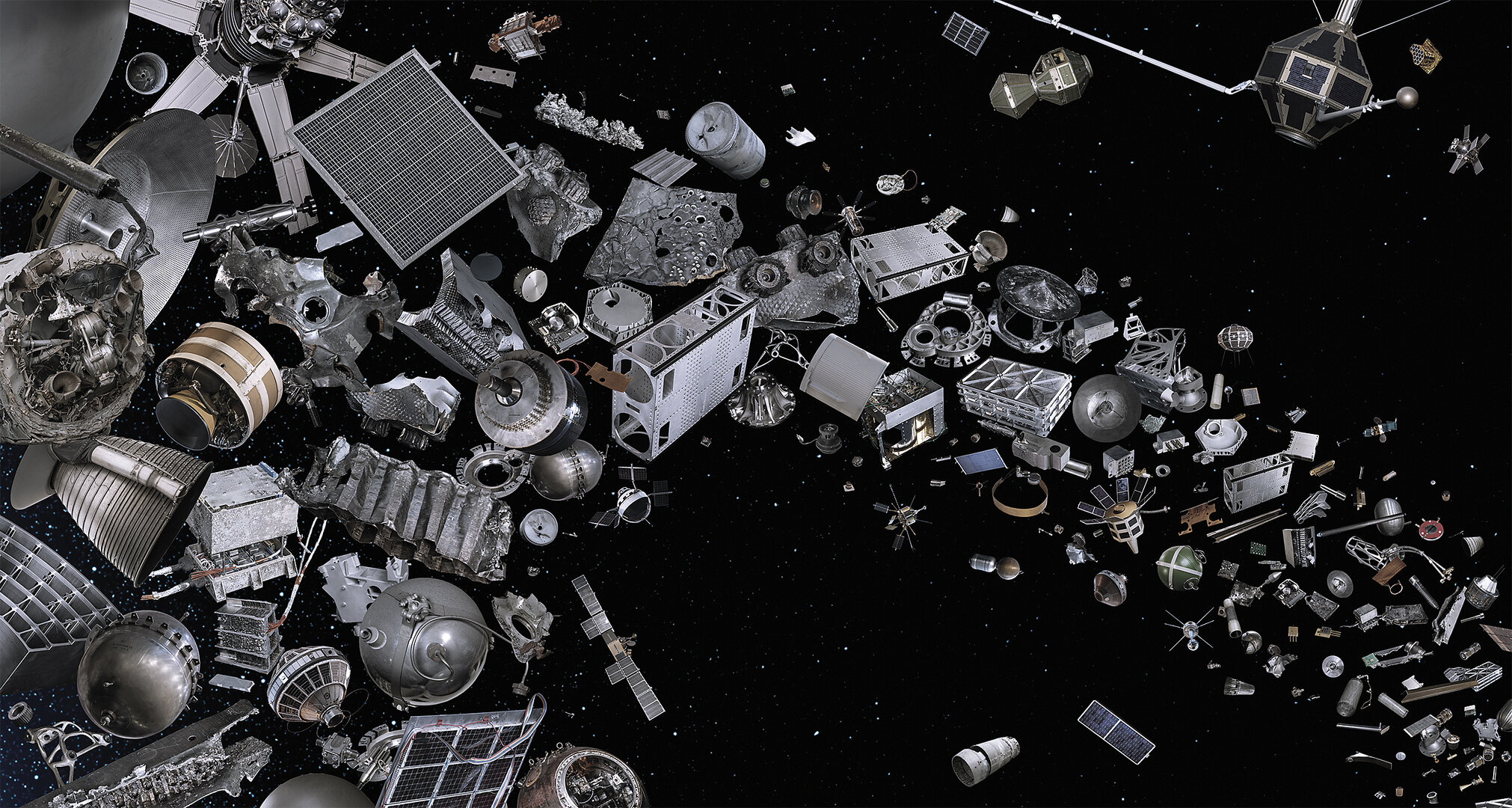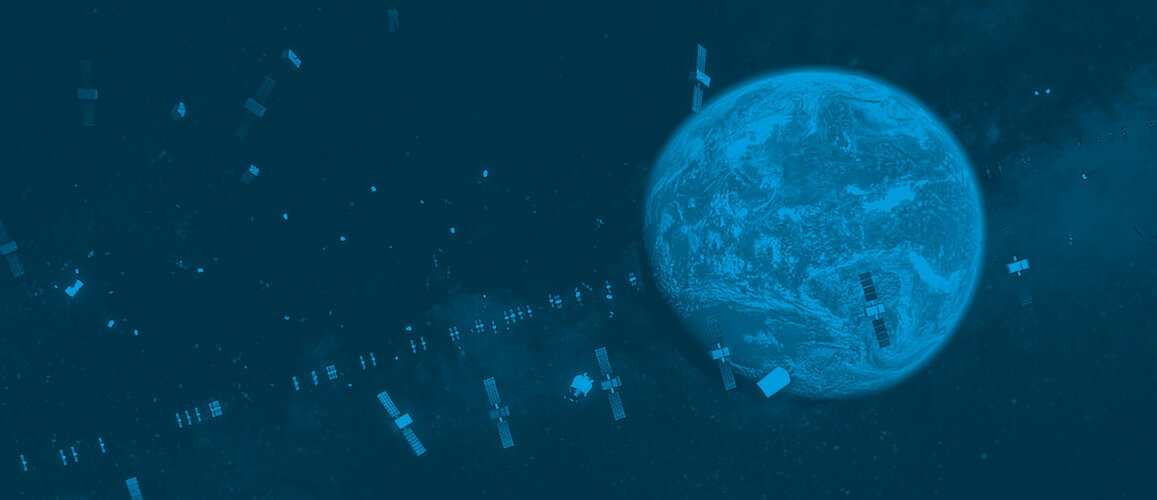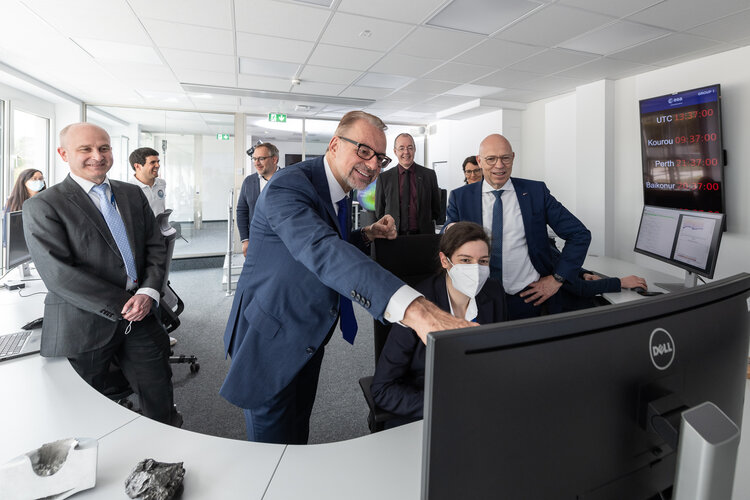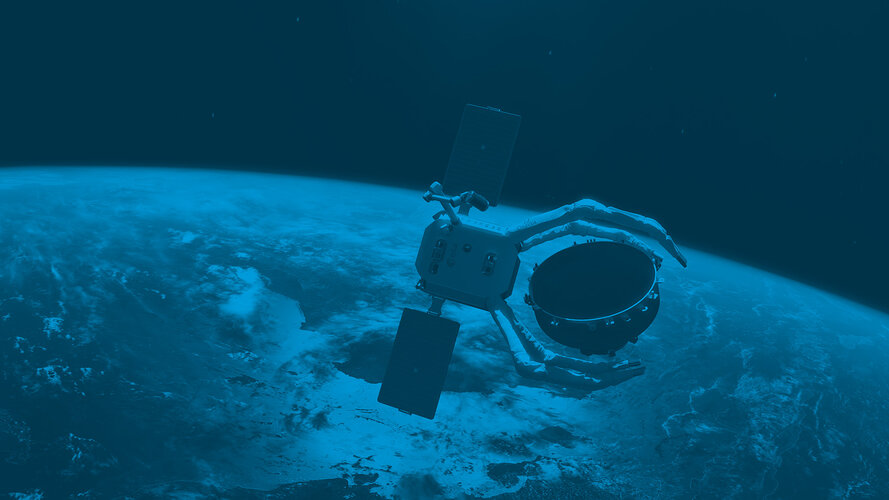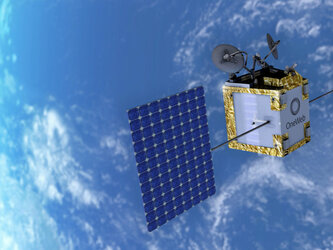Stunning images reveal the threat of space debris
A striking collection of photographs that tells the story surrounding the millions of human-made fragments trapped in Earth’s orbit is on show in London.
The ‘Our Fragile Space’ exhibit – created by renowned space industry photographer Max Alexander – highlights the vital role satellites play in everyday life and the measures taken by ESA to promote the responsible use of their orbital environment.
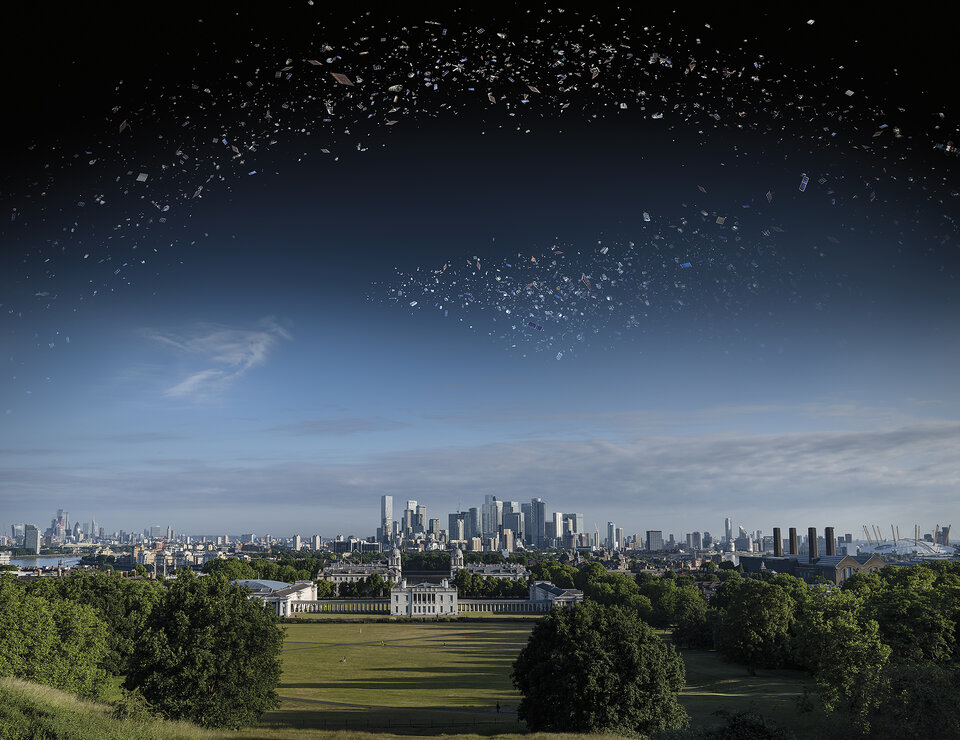
It combines a series of unique images with the insights of space experts from Europe and beyond.
Since the dawn of the space age, the rising number of missions launched into orbit has led to ever increasing amounts of debris circling the planet.
There are now hundreds of millions of fragments crowding Earth's orbit, posing a growing threat to functioning satellites and the vital services they provide to people on the ground.
To inform the exhibition, Alexander embarked on a year-long expedition, travelling to rocket launches, observatories, and other space facilities in Europe and the US.
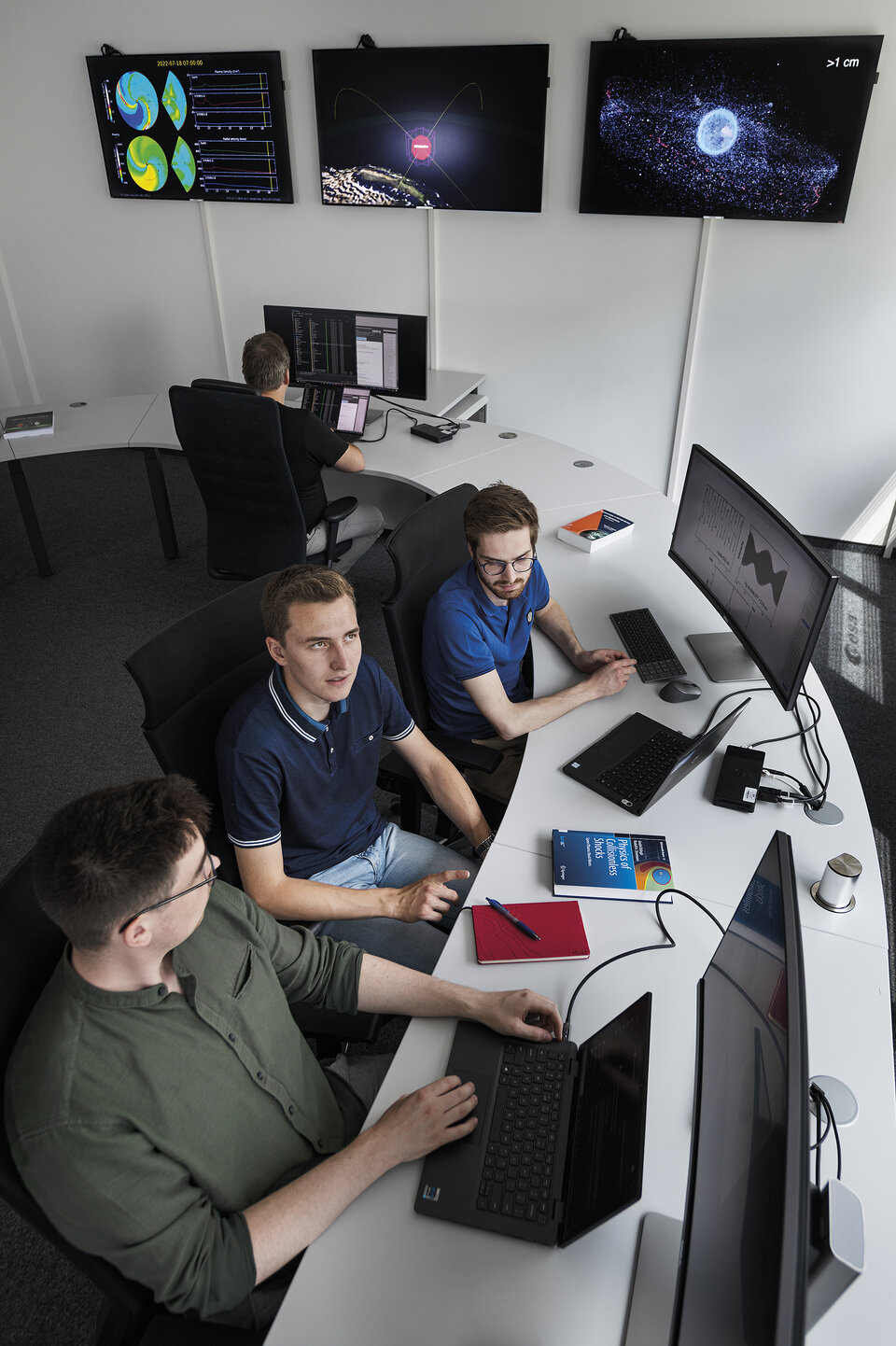
During this journey he visited each of ESA’s facilities in Europe, including its Space Safety Centre in Germany, where he met with experts who are leading research into the tracking, modelling, and mitigation of orbital debris.
“On my travels, it quickly became apparent to me that, to help people understand the state of our near-space environment, I had to tell the wider story of how space has become intertwined with our everyday lives,” says Alexander.
His tour of the agency’s facilities helped to demonstrate the countless ways in which society reaps the benefits of space.
Satellite navigation systems are transforming the way people travel from place to place, while space-enabled communications networks are keeping people continuously connected and supporting innovative applications, such as autonomous vehicles and telemedicine.
In addition, Earth observation missions are delivering unprecedented insight into the environment, contributing to the revitalised global drive to tackle the climate crisis.
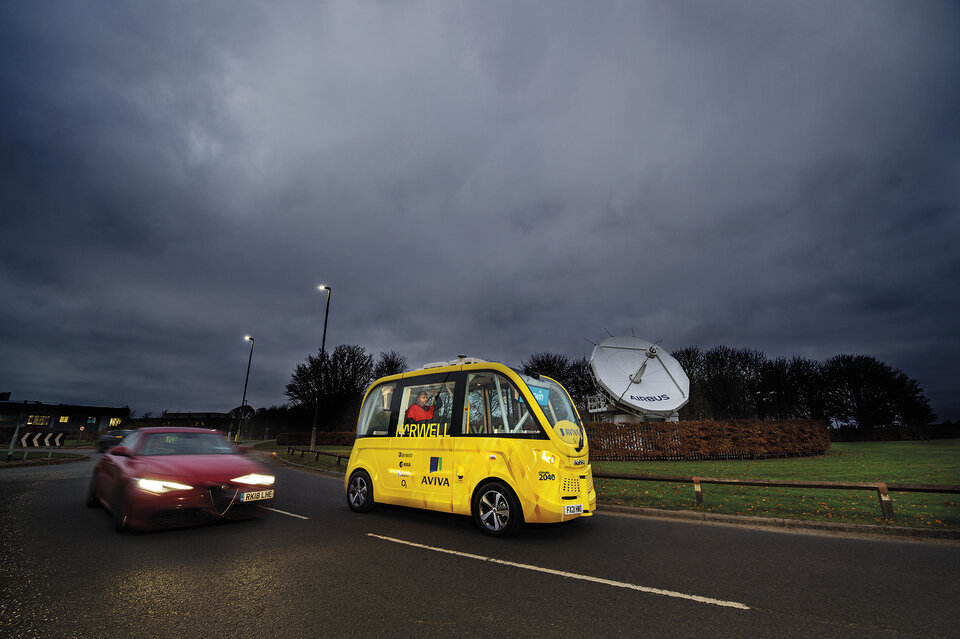
ESA's Space Debris Office – which forms part of the agency’s Space Safety Programme – provides services to help such missions dodge in-orbit collisions, ensuring they can continue to deliver data to Earth.
Supporting collision avoidance is just one of the many ways that the Space Debris Office promotes the development of a sustainable orbital environment in the long-term.
ESA is also helping to clear up existing debris, by supporting and commissioning missions to test and develop the technologies needed to capture and remove derelict objects from orbit.
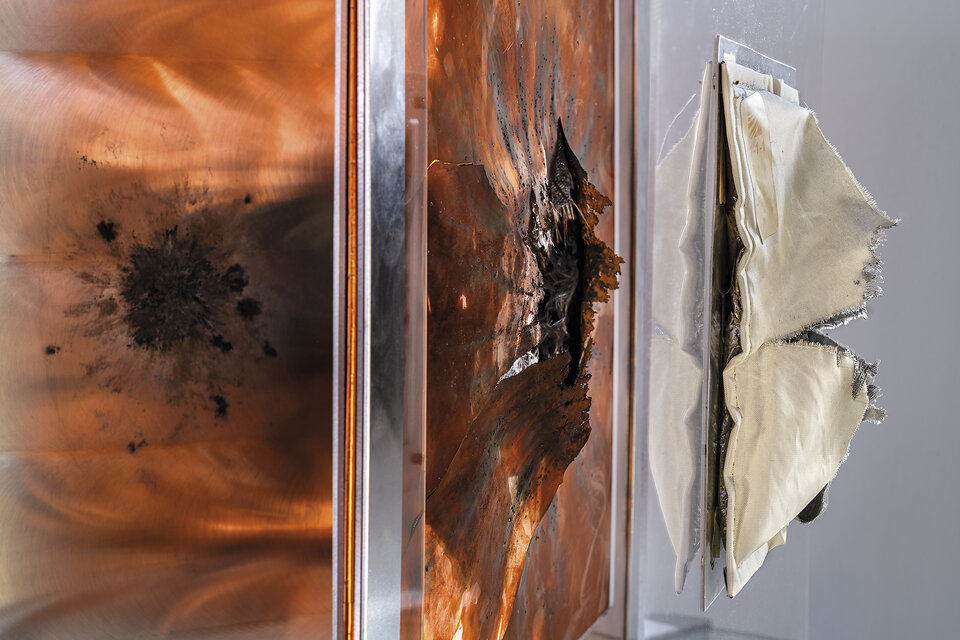
These missions include ELSA-M, which will launch in 2024, and ClearSpace-1, set to launch in 2025.
“The extent to which modern life is driven by space demonstrates the pressing need to make sure Earth’s orbital environment is preserved,” says Alexander.
“The exhibition highlights the measures being taking by experts around the world to protect this fragile environment, for the benefit of everyone on Earth”
Our Fragile Space is taking place at Lloyds of London from 6 to 21 October.
The exhibition is supported by Lloyds of London, ESA and the UK Space Agency.


